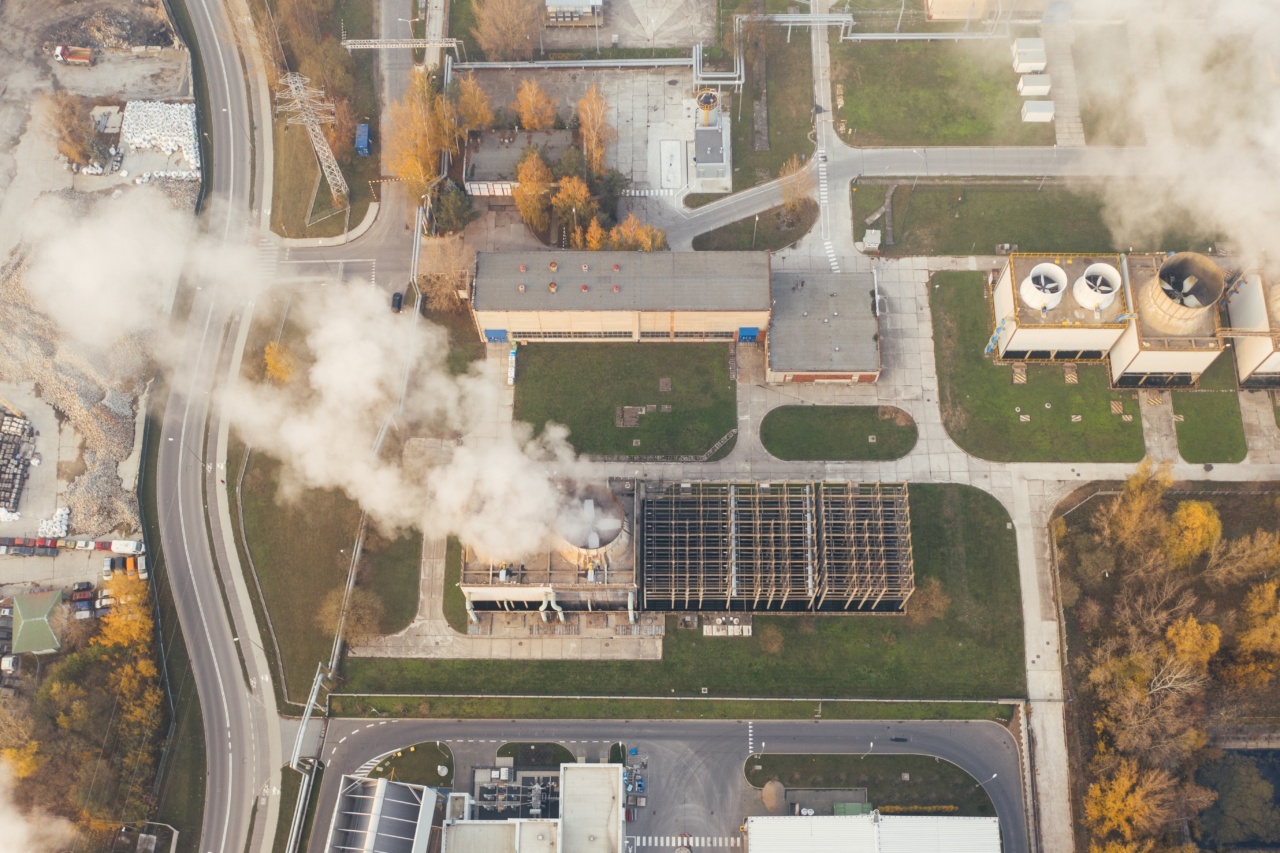Fungal infections are becoming an increasingly concerning global health issue, with their prevalence and severity on the rise. One of the factors contributing to this alarming trend is global warming.
As temperatures continue to rise around the world, the environment becomes more favorable for the growth and spread of fungi, leading to a higher risk of fungal infections in both humans and other living organisms. In this article, we will explore the impact of global warming on fungal infections and discuss the potential consequences for public health.
The Link Between Global Warming and Fungal Infections
Global warming, primarily caused by anthropogenic activities such as burning fossil fuels and deforestation, has led to a significant increase in average global temperatures.
This rise in temperature directly affects the ecology and behavior of various organisms, including fungi. Fungi are highly adaptable microorganisms that thrive in warm and moist environments. The warming climate creates favorable conditions for fungi to grow, reproduce, and spread their infectious spores.
Changes in Fungal Distribution
Global warming has altered the distribution patterns of many species, including fungi. As temperatures increase, some regions that were previously inhospitable for certain fungi become suitable habitats.
This expansion of fungal habitats increases the likelihood of contact between humans and previously unknown or rare fungal pathogens, leading to potential infections.
Increased Fungal Activity
Warmer temperatures not only widen the geographical range for fungi but also enhance their metabolic activities. Fungi are known to proliferate and propagate more rapidly in warm and humid environments.
Accelerated fungal growth can lead to higher spore production, increasing the chances of exposure and subsequent infections.
Impacts on Human Health
The impact of global warming on fungal infections in humans is of utmost concern. Several fungal species are known to cause diseases in humans, ranging from mild skin infections to severe systemic conditions.
With the changing climate, the risk of exposure to pathogenic fungi and the occurrence of fungal infections increase.
Increased Risk of Candidiasis
Candidiasis, caused by the Candida fungus, is one of the most common fungal infections in humans. This infection can affect various parts of the body, including the skin, mouth, and genitals.
Global warming creates conditions that promote the growth of Candida fungi, leading to an increased risk of candidiasis for individuals worldwide.
Endemic Fungal Infections
Some regions, particularly those with tropical climates, are already endemic for certain fungal infections. The warmer temperatures associated with global warming exacerbate the conditions suitable for these fungi to thrive.
Consequently, the burden of endemic fungal infections may increase in these regions, putting local populations at greater risk.
Environmental Impact
The impact of global warming on fungal infections is not restricted to human health alone. Fungal infections can also pose a threat to wildlife, agricultural crops, and ecosystems.
Fungal pathogens can cause devastating diseases in plants and animals, leading to significant economic losses and ecological imbalances.
Antifungal Resistance
The rise in fungal infections due to global warming also raises concerns regarding antifungal resistance. Fungi have shown the ability to develop resistance to commonly used antifungal drugs.
Increased exposure to fungi and the subsequent reliance on antifungal treatments may contribute to the emergence of drug-resistant fungal strains, making treatment more challenging and limiting the available options for affected individuals.
Preventing and Mitigating the Impact
Addressing the impact of global warming on fungal infections requires a multi-pronged approach. Here are some measures that can help prevent and mitigate the consequences of this issue:.
- Reducing greenhouse gas emissions: Implementing strategies to reduce carbon emissions and mitigate global warming can have a positive impact on fungal growth and distribution patterns.
- Enhancing surveillance and research: Monitoring the occurrence and spread of fungal infections can help identify emerging threats and develop effective preventive measures.
- Improving hygiene and sanitation practices: By promoting good hygiene practices and maintaining proper sanitation, the risk of fungal infections can be reduced.
- Educating healthcare professionals and the public: Raising awareness about the link between global warming and fungal infections can facilitate early diagnosis, timely treatment, and prevention efforts.
- Developing new antifungal drugs: Investing in research and development of novel antifungal agents can expand the treatment options and combat antifungal resistance.
Conclusion
Global warming is not only an environmental concern but also a significant factor contributing to the rise and spread of fungal infections. As temperatures continue to rise, the ecological balance shifts, favoring the growth and proliferation of fungi.
This poses a threat to human health, wildlife, agriculture, and ecosystems. By understanding the link between global warming and fungal infections, implementing preventive measures, and investing in research, we can strive to minimize the impact and protect both human and environmental well-being.































